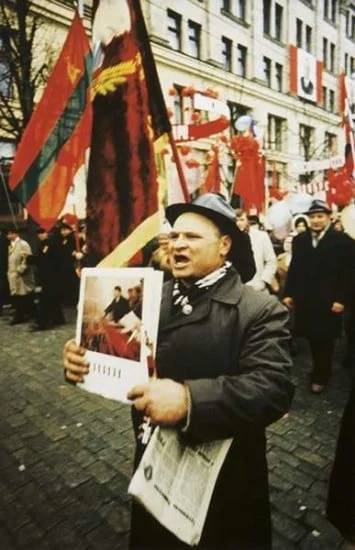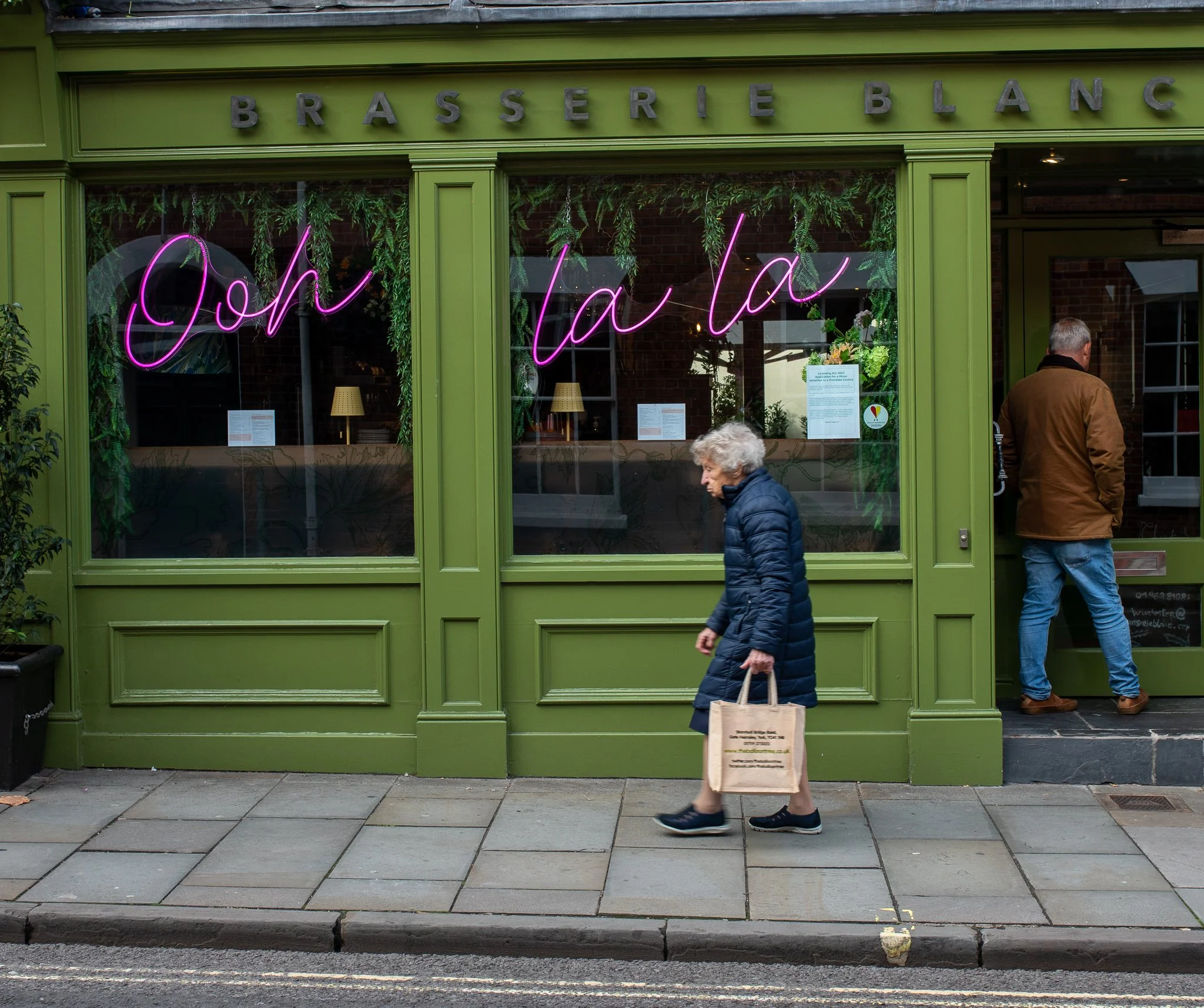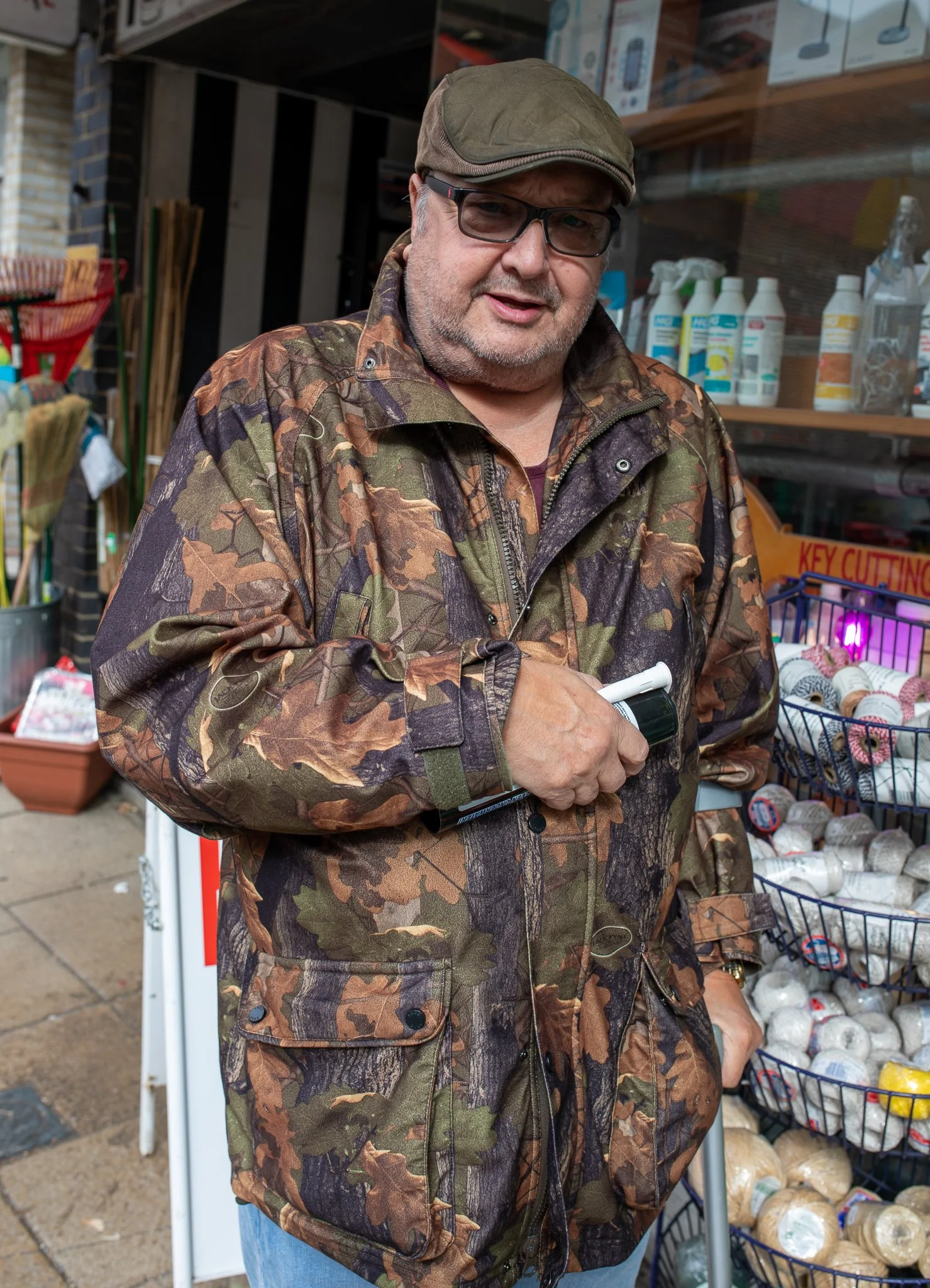PHO710: Methods and Meaning
In my most recent project ‘Under One Roof’ I worked with a group of clients in a local charity that addresses homelessness and the effects of being vulnerably housed. I was asked to create a series of ‘identity portraits’ with individual clients. The brief was quite specific, and because it was within a time frame I needed to plan beforehand.
Fig. 1 - Under One Roof
I discovered, as I embarked upon this, that my research was open ended. I was concerned that my plan was too loose and that I needed more direction at the onset of the project. I researched as much as I could (looked at the specific service, homelessness figures in Hampshire, similar photographic projects and their methods, the logistics of the service, consulted a psychologist, worked with a mentor), but realised that I needed a degree of flexibility to work with these clients.
I was very interested in Mikhailov’s project Red, which he made in the 1960’s and 1970’s under Soviet Rule in Ukraine. The project did not evolve from a specific point and was not planned. He noticed, after making a selection of images that there was a pattern developing. The emergence of the colour red seemed to represent the oppressive environment that they were made within. He let the project evolve naturally, in a sense, it was leading him and he was open to it.
Fig. 2 - “Red” (Boris Mikhailov)
Fig. 3 - “Red” (Boris Mikhailov)
This open ended approach to creating a project is liberating, and gives space to uncertainty. My future work will be influenced by this way of working. I will be watchful for any unexpected or unplanned outcomes.
MIKHAILOV, Boris. ‘Photography was a way out’. Tateshots [online] https://youtu.be/p14s9ZZn-pg
During this topic’s presentation I learnt a new perspective on street photography. I have been making street portraits for the last few years. Initially my images were candid.
As I have progressed I have become more interested in making images with the subject’s consent. I am much more likely to strike up a conversation and get to know a little about the person I am photographing. This has allowed me to get ‘closer’ and has produced different results (fig.4)
Fig.4 ‘Bowler’ from Parklife (2020)
I have always thought about the element of choice. I am aware that I am attracted to photographing similar types of subjects – I have noticed some common attributes. I would sometimes challenge myself by trying to take away the element of choice (I would photograph every 10th person who passes me!). I think that is why the concept of Psychogeography is so fascinating to me. Debord (1958) discusses the concept, he describes it as the various emotional states of a city that cannot be defined by architectural or economic zones. I decided to try an exercise that would change the way I made my photographic choices on such a walk.
“Psychgeopgraphy: a beginner’s guide. Unfold a street map of London, place a glass, rim down, anywhere on the map, and draw round it’s edge. Pick up the map, go out into the city, and walk the circle, keeping as close as you can to the curve. Record the experience as you go, in whatever medium you favour: film, photograph, manuscript, tape. Catch the textural run-off of the streets; the graffiti, the branded litter, the snatches of conversation. Cut for sign. Log the data-stream. Be alert to the happenstance of metaphors, watch for visual rhythms, coincidences, analogies, family resemblances, the changing mood of the street. Complete the circle and the record ends. Walking makes for content; footage for footage.”
(MACFARLANE, 2005)
Fig. 5 Psychogeographical exercise
After completing the exercise I was surprised by how different the experience felt to how I had imagined it. Instead of feeling restricted by the curve of the route, it was, infact, quite liberating. By narrowing my focus it allowed me to look closer at things that I might otherwise miss. It took away the element of choice. My photographic choices were limited. I found that it freed my mind from making choices based on my own subjectivity. See results below (Fig. 6 - Fig. 9).
Fig.6 Winchester Photo Walk.
Fig. 7. Winchester Photo Walk.
Fig. 8. Winchester Photo Walk.
Fig. 9. Winchester Photo Walk.
Sources:
MACFARLANE, R. (2005). ‘A Road of One’s Own’ Times Literary Supplement. October 7th.








